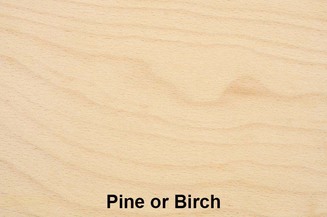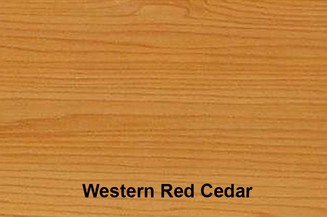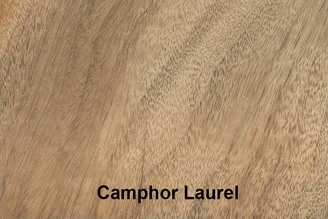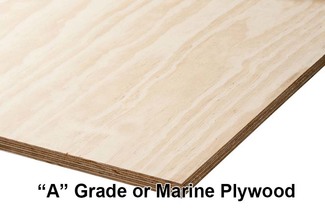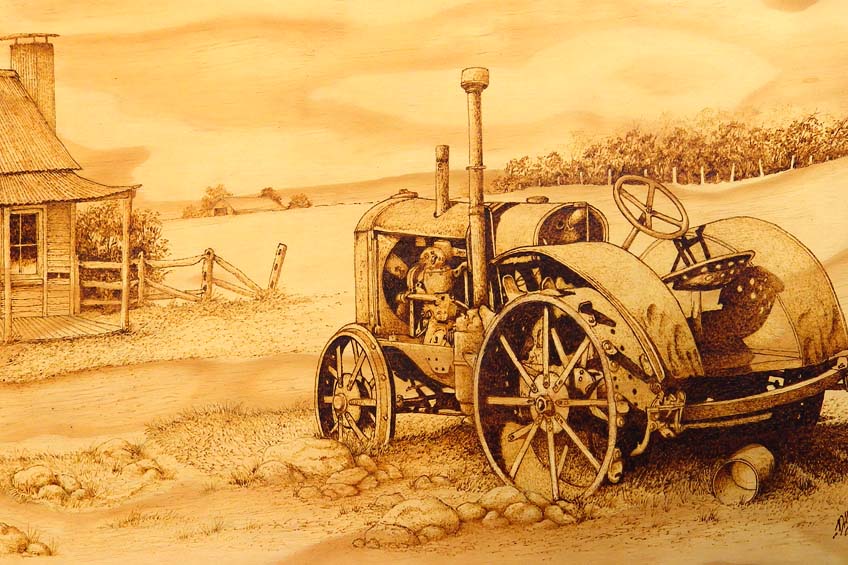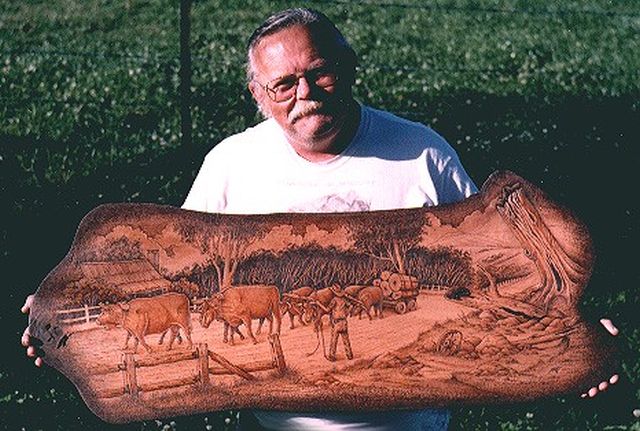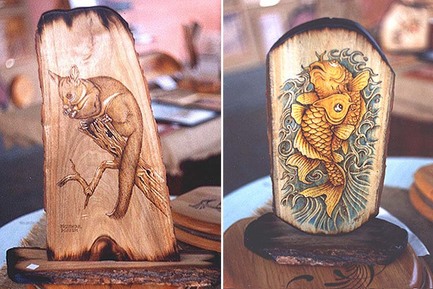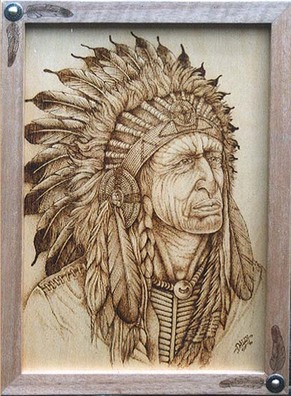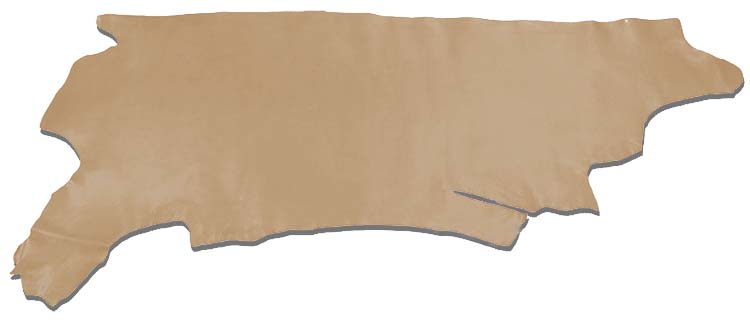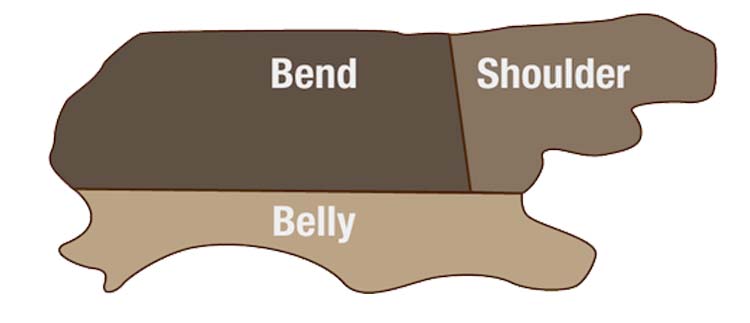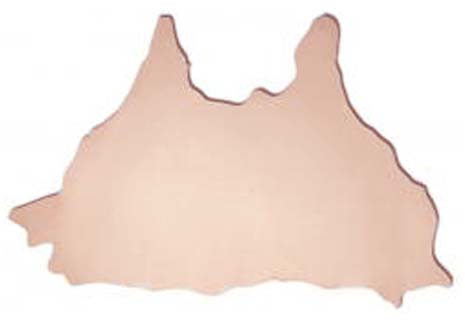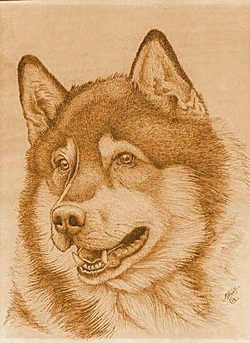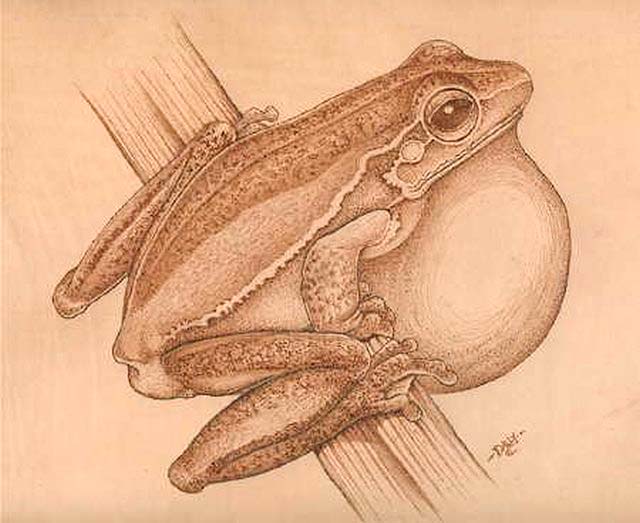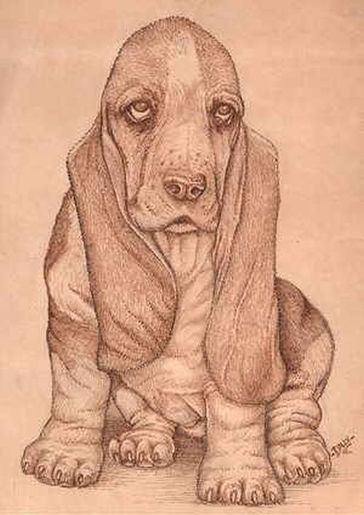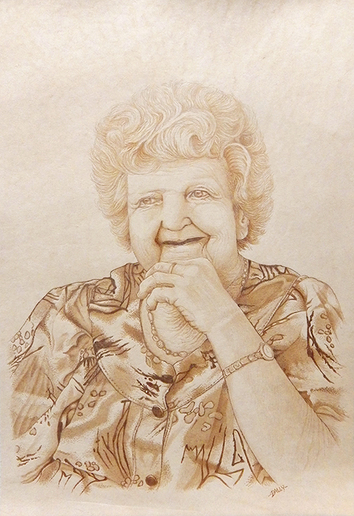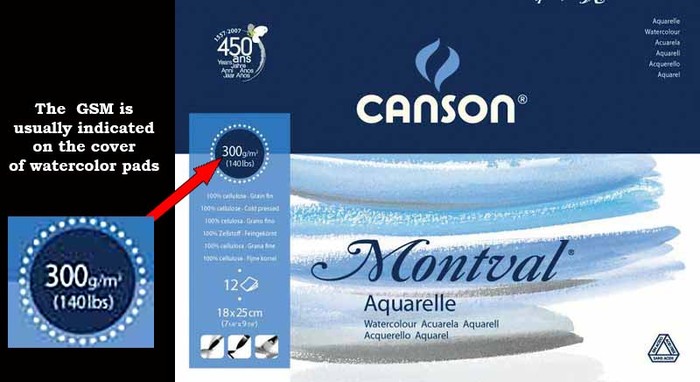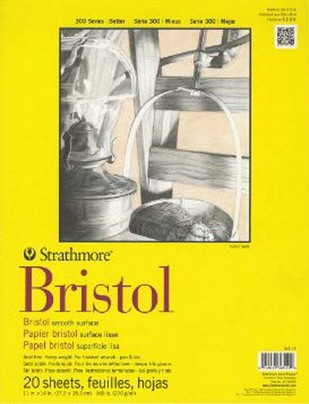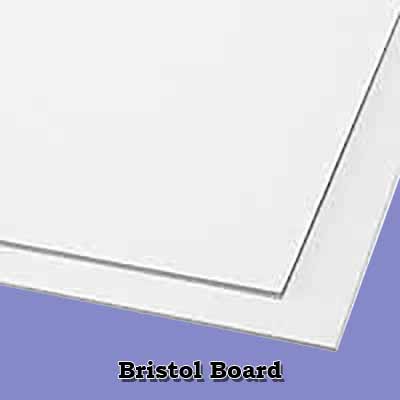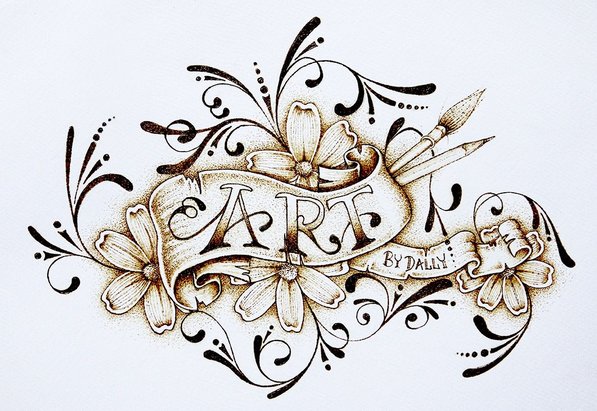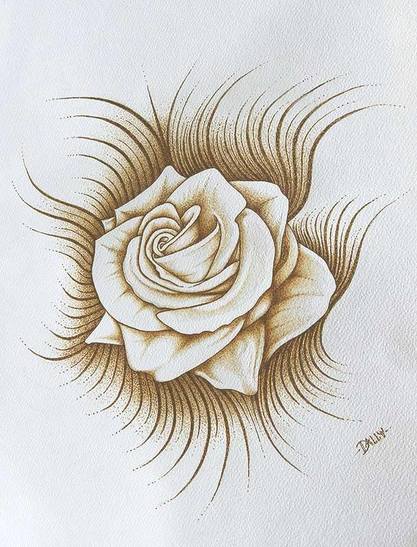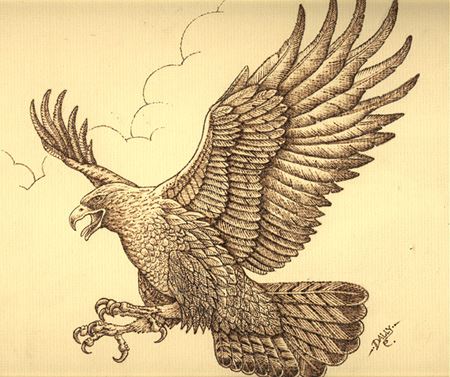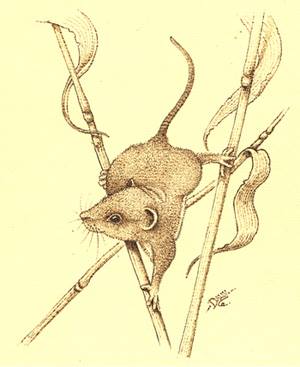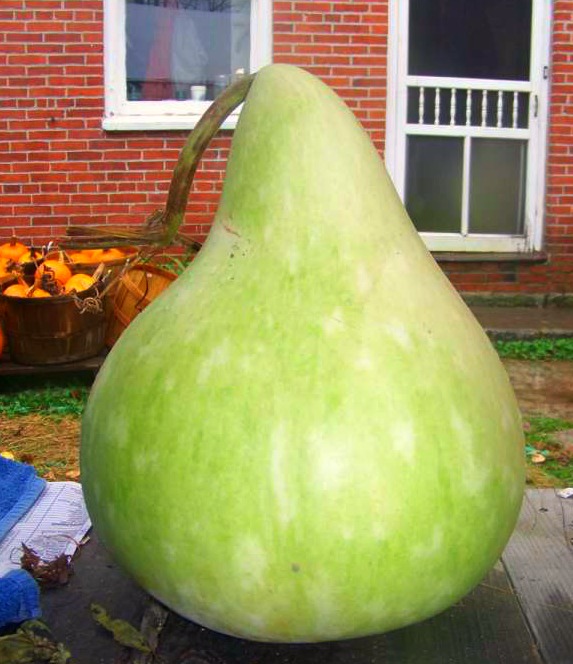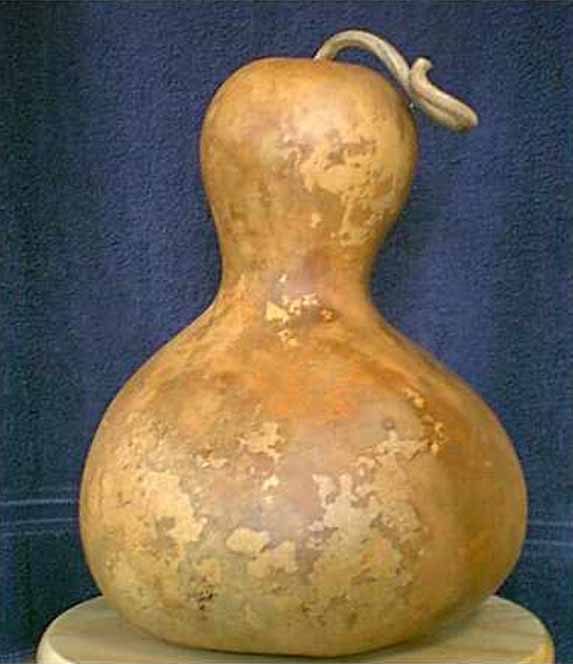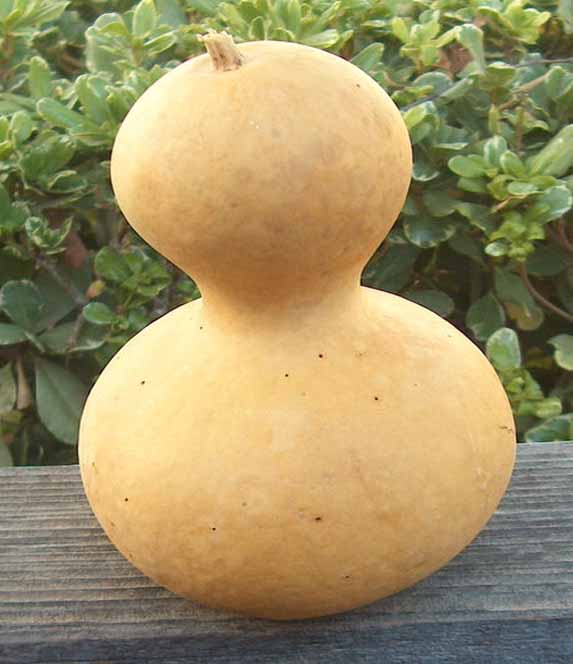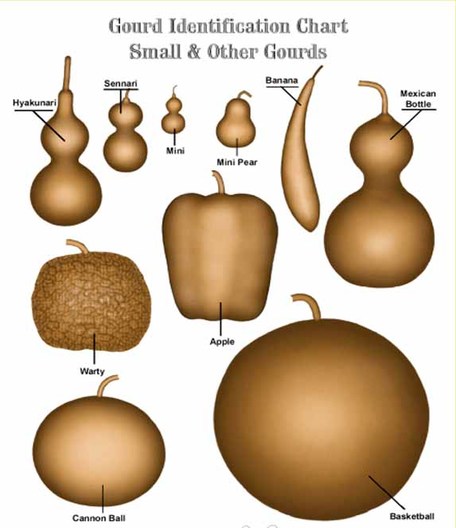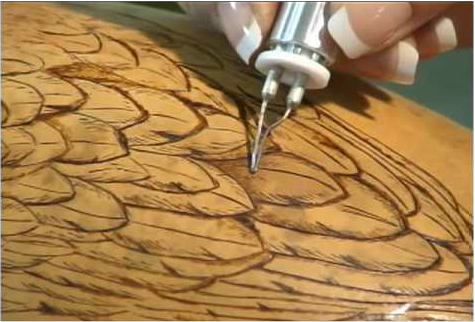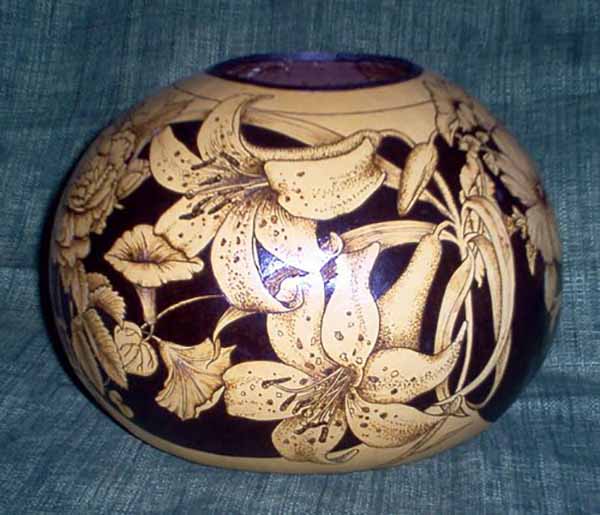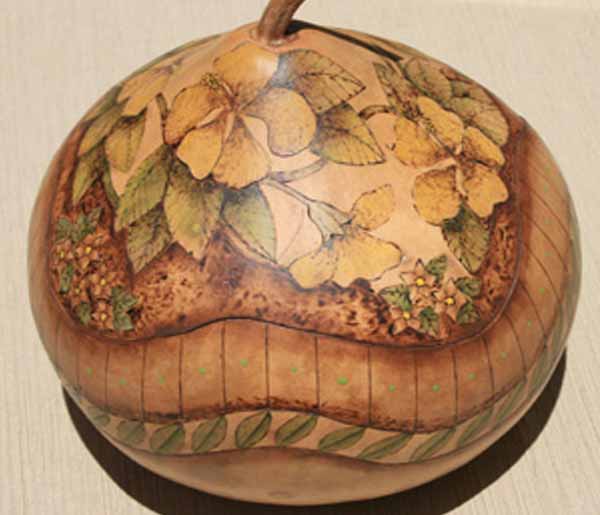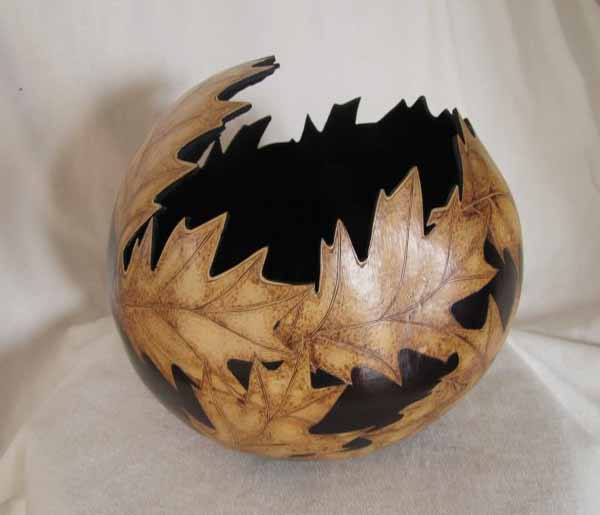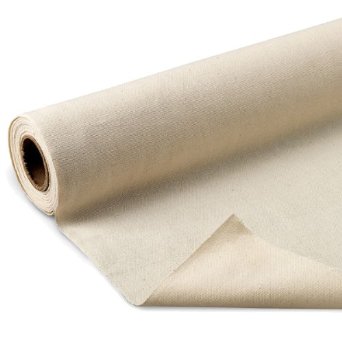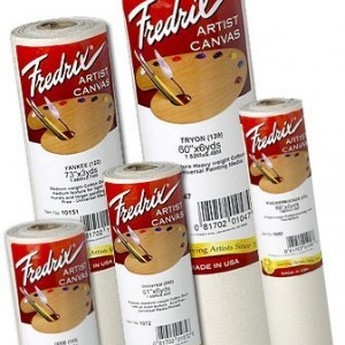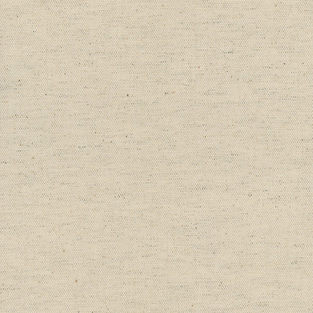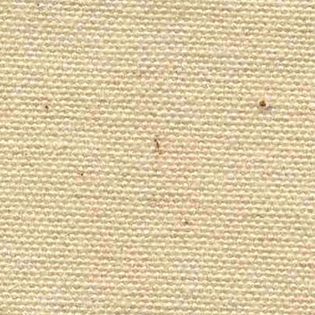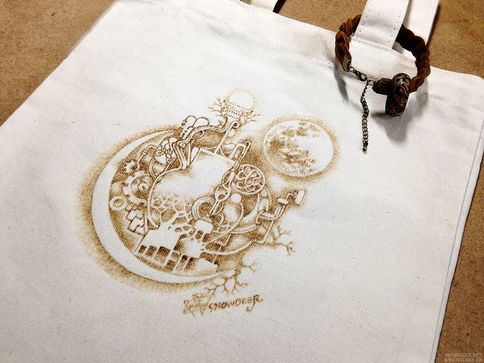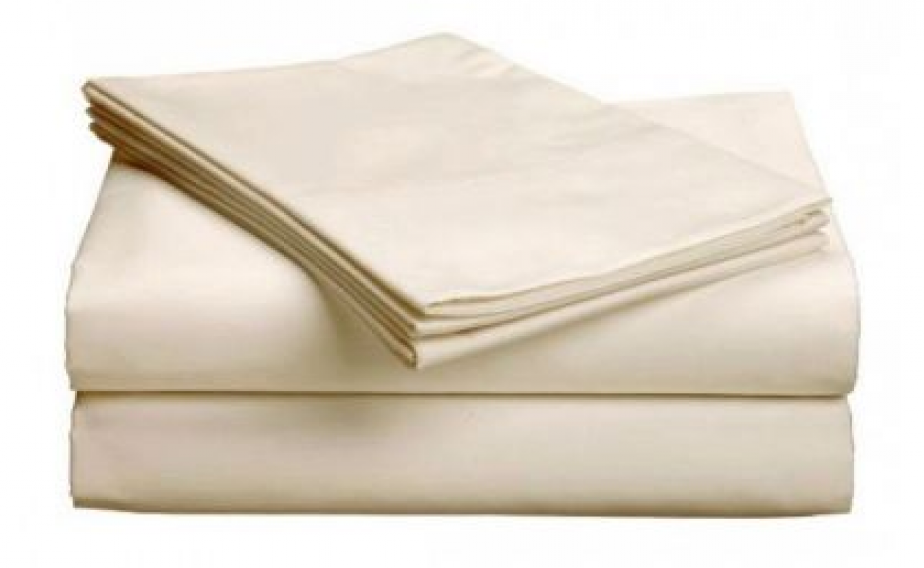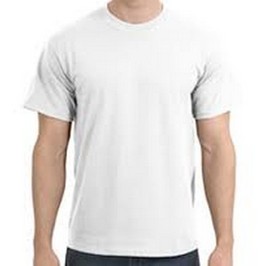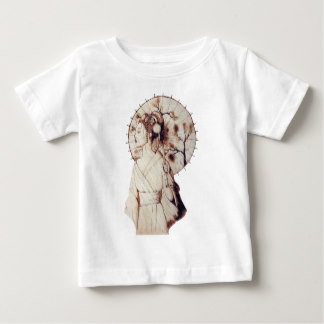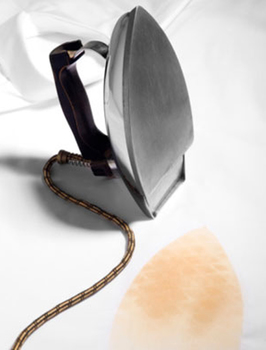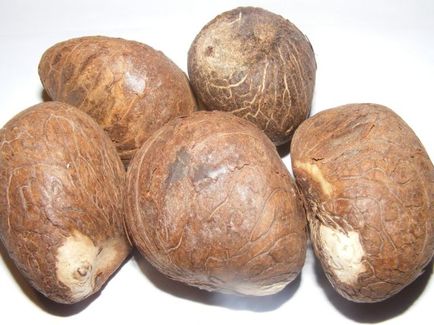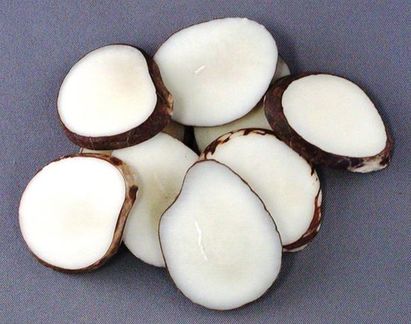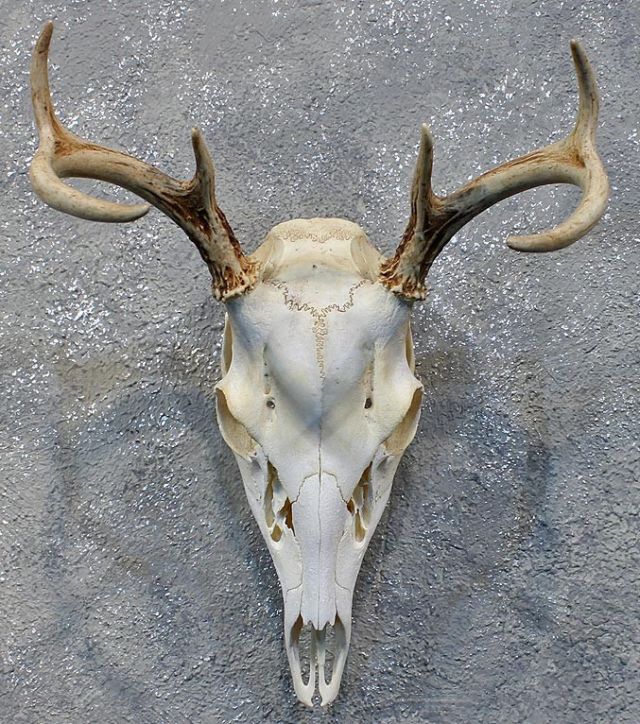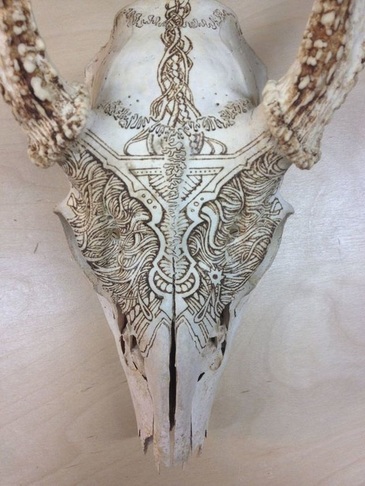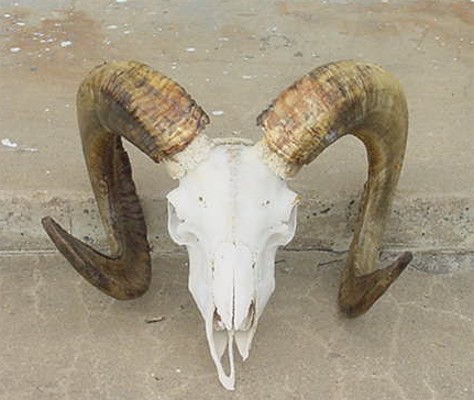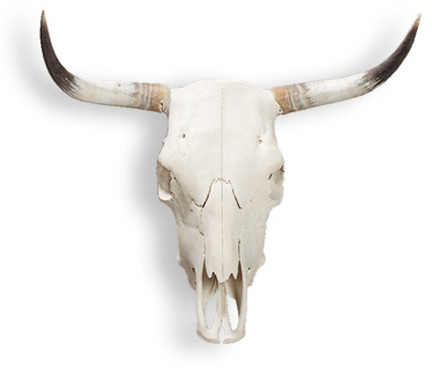The most common surfaces used for pyrography are:
Wood, Leather, Paper, Gourds, Fabric,Tagua Nut (vegetable ivory) and Bone
Wood
First and Most Importantly....
NEVER Pyrograph or burn on man made "wood"
Such as: MDF, Particle Board, Chip Board or Craftwood etc..
These surfaces release lethal toxic fumes when burnt
Inhaling these fumes can cause major respiratory damage.
NEVER Pyrograph or burn on man made "wood"
Such as: MDF, Particle Board, Chip Board or Craftwood etc..
These surfaces release lethal toxic fumes when burnt
Inhaling these fumes can cause major respiratory damage.
There are many different types of wood you can use for pyrography.
These will vary in different regions of the World,
Here are some more common species:
These will vary in different regions of the World,
Here are some more common species:
These are some Pyrographed pieces on these particular woods
Leather:
Important - Please Note:
The ONLY leather used for Pyrography is Natural Vegetable Tanned
This can be Cow, Steer, Calf, Deer, Goat, Pig and Kangaroo, just as long as it is vegetable tanned
Most of the leather produced today is Chromed tanned,
You should NEVER burn on chrome tanned leather, the smoke from it is toxic.
You should NEVER burn on chrome tanned leather, the smoke from it is toxic.
Leather is by far my most favorite surface to pyrograph on. Unlike wood, there is no grain to contend with.
Additionally, the surface is beautifully soft and buttery.... it's great.
Additionally, the surface is beautifully soft and buttery.... it's great.
This how leather is normally sold:
The BEND is the best leather, followed by the SHOULDER, then the BELLY
Each section is then priced accordingly. For pyrography and price wise, the shoulder is the best buy.
Each section is then priced accordingly. For pyrography and price wise, the shoulder is the best buy.
On occasions the hide is cut vertically and it sold as a double bend and a double shoulder
This is a double shoulder section:
This is the optimum way to buy it
Some craft shops stock it, but you are better off buying it from a leather supplier
I buy mine from Tandy Leather
I buy mine from Tandy Leather
These are pyrography pieces burnt on leather
As you can see, like wood, each piece of leather burns to a slightly different color
Paper:
The notion of burning on paper may sound like courting disaster, but if you use the right paper, it is excellent.
It's all about the weight of the paper you use and what was used to make it.
Paper such as - Printer paper - Cartridge paper - Sketch pad paper - Newsprint paper are out.
These papers are either far to thin or of the wrong consistency to be used for pyrography.
The number one paper to use is Watercolor paper
However there is a choice to be made as to which watercolor paper to use...
Quality Watercolor paper is made from a pulp that is a cotton, wood fiber blend.
It is also manufactured in two types - Hot Pressed and Cold pressed.
Hot pressed has a smooth finish and cold pressed has a slightly textured finish.
Cold pressed is the ideal paper for pyrography.
The paper also needs to be rated 300gsm or 140lb or greater
What the GSM stands for is - Grams per Square Metre or one square metre of that paper weighs 300 grams.
Put simply, the higher the number, the heavier the paper.
You need a heavy paper to withstand the burning, without compromising the paper.
It's all about the weight of the paper you use and what was used to make it.
Paper such as - Printer paper - Cartridge paper - Sketch pad paper - Newsprint paper are out.
These papers are either far to thin or of the wrong consistency to be used for pyrography.
The number one paper to use is Watercolor paper
However there is a choice to be made as to which watercolor paper to use...
Quality Watercolor paper is made from a pulp that is a cotton, wood fiber blend.
It is also manufactured in two types - Hot Pressed and Cold pressed.
Hot pressed has a smooth finish and cold pressed has a slightly textured finish.
Cold pressed is the ideal paper for pyrography.
The paper also needs to be rated 300gsm or 140lb or greater
What the GSM stands for is - Grams per Square Metre or one square metre of that paper weighs 300 grams.
Put simply, the higher the number, the heavier the paper.
You need a heavy paper to withstand the burning, without compromising the paper.
In a nutshell, what you need is - Cold pressed - 300gsm (140lb) - Watercolor paper
Bristol Board
Bristol Board is made of multi layered papers, that results in a "board" about the the thickness of light/medium cardboard.
It is available in two surface finishes - Plate (smooth) and Vellum (slightly textured).
For pyrography, the option to use is the Vellum finish.
Bristol board is also available in various colors
The GSM rating is around 240-250gsm
It not quite as good as watercolor paper for pyrography, but it's worth a try.
It is available in two surface finishes - Plate (smooth) and Vellum (slightly textured).
For pyrography, the option to use is the Vellum finish.
Bristol board is also available in various colors
The GSM rating is around 240-250gsm
It not quite as good as watercolor paper for pyrography, but it's worth a try.
Here are some pyrography pieces done on Watercolor Paper and Bristol Board:
Gourds
Gourds are a fruit/seed pod.,they are similar to pumpkins, squash, and melons.
The main difference being, they are very bitter and are inedible.
Gourds have had numerous uses throughout history, including as tools, musical instruments and objects of art.
When they are harvested, they are hung to dry. Once dried, shells are very hard.
Just to name few uses, they can be cut, carved, painted or pyrographed.
Gourds come in many shapes and sizes.
The gourds have a tough, thin skin layer over them, which needs to removed before burning on them.
This skin layer is usually discolored
Once properly sanded, gourds are similar to plywood to burn on.
Here are three stages of the gourd process:
The main difference being, they are very bitter and are inedible.
Gourds have had numerous uses throughout history, including as tools, musical instruments and objects of art.
When they are harvested, they are hung to dry. Once dried, shells are very hard.
Just to name few uses, they can be cut, carved, painted or pyrographed.
Gourds come in many shapes and sizes.
The gourds have a tough, thin skin layer over them, which needs to removed before burning on them.
This skin layer is usually discolored
Once properly sanded, gourds are similar to plywood to burn on.
Here are three stages of the gourd process:
Gourds come in many shapes and sizes, here is just a few:
Here are some examples of pyrographed gourds:
Fabric
Doing pyrography on fabric is a bit tricky, but it can be done.
You should never burn on a fabric that is a blend or has a chemically produced content...
Such as, nylon, polyester, Lycra, wool blend, flannelette... basically anything that is synthetic.
There are only a couple of fabrics that I would suggest trying..
Un-primed natural linen canvas or 100% cotton fabric. (also referred to as cotton duck canvas)
Doing pyrography on fabric is fairly new to me, but it is intriguing to do.
You should never burn on a fabric that is a blend or has a chemically produced content...
Such as, nylon, polyester, Lycra, wool blend, flannelette... basically anything that is synthetic.
There are only a couple of fabrics that I would suggest trying..
Un-primed natural linen canvas or 100% cotton fabric. (also referred to as cotton duck canvas)
Doing pyrography on fabric is fairly new to me, but it is intriguing to do.
Canvas
You will need to use artist grade, un-primed, linen canvas for doing pyrography on.
Larger art supply shops will stock it or can get it for you... it is normally sold in a roll.
Larger art supply shops will stock it or can get it for you... it is normally sold in a roll.
The canvas has a woven texture, which requires a little practice to get used to.
Pyrography on a canvas tote bag
Cotton
Cotton is a good surface to pyrograph onto, although it does require a gentle touch.
You could use old cotton bed sheets or cotton T-Shirts to pyrograph onto.
You could use old cotton bed sheets or cotton T-Shirts to pyrograph onto.
A pyrographed cotton T-Shirt
By the way... at one time or another, we have all witnessed an accidental pyrography incident on fabric!
Tagua Nut (Vegetable Ivory)
A TAGUA NUT is a seed that comes from the Tagua palm tree (also called ivory nut palm)
It is pronounced - Tah-gwa.
The Tagua tree is native to South America
After it is harvested, the nuts are dried and solidified in the sun for several months
It is then as hard as ivory (takes a hacksaw to cut it). It can then be carved or pyrographed.
It is pronounced - Tah-gwa.
The Tagua tree is native to South America
After it is harvested, the nuts are dried and solidified in the sun for several months
It is then as hard as ivory (takes a hacksaw to cut it). It can then be carved or pyrographed.
I have yet to try doing pyrography on Tagua, but it is definitely on the "to do" list.
Australian Pyrography artist, Sue Walters, has done some amazing art pieces on it:
She also sells Tagua nuts in Australia
Australian Pyrography artist, Sue Walters, has done some amazing art pieces on it:
She also sells Tagua nuts in Australia
The nuts are fairly small, but are well worth a try.
Even though the dried slices are hard, they are not waterproof.
When finished, they need to be coated with a clear sealer.
Even though the dried slices are hard, they are not waterproof.
When finished, they need to be coated with a clear sealer.
Bone
Some people might find the thought of doing pyrography on bone as a bit macabre
However, the end results are usually quite stunning.
The bone used is usually the naked skull from a long dead animal...a deer, sheep or steer and suchlike.
The bone should be cleaned prior to burning on it..
Fine steel wool dipped in hot water, that has dish washing liquid added works best.
Once it is dry, sand the bone slightly, using a light/medium grit sandpaper.
This will give the bone a slight "tooth" (pardon the pun) and it will burn better.
However, the end results are usually quite stunning.
The bone used is usually the naked skull from a long dead animal...a deer, sheep or steer and suchlike.
The bone should be cleaned prior to burning on it..
Fine steel wool dipped in hot water, that has dish washing liquid added works best.
Once it is dry, sand the bone slightly, using a light/medium grit sandpaper.
This will give the bone a slight "tooth" (pardon the pun) and it will burn better.
Other suitable skulls:
Things to note about burning on bone:
The smell of burning on bone takes some getting used to...
If you've ever had a tooth drilled, you will recall the smell it gave off. The same smell applies here.
When burning on bone, you will need to turn your burner up to a high temperature.
The skull will need to be clear sealed when finished, to preserve them from further oxidization.
These pyrographed skulls make a great wall feature and are highly sort after by collectors.
